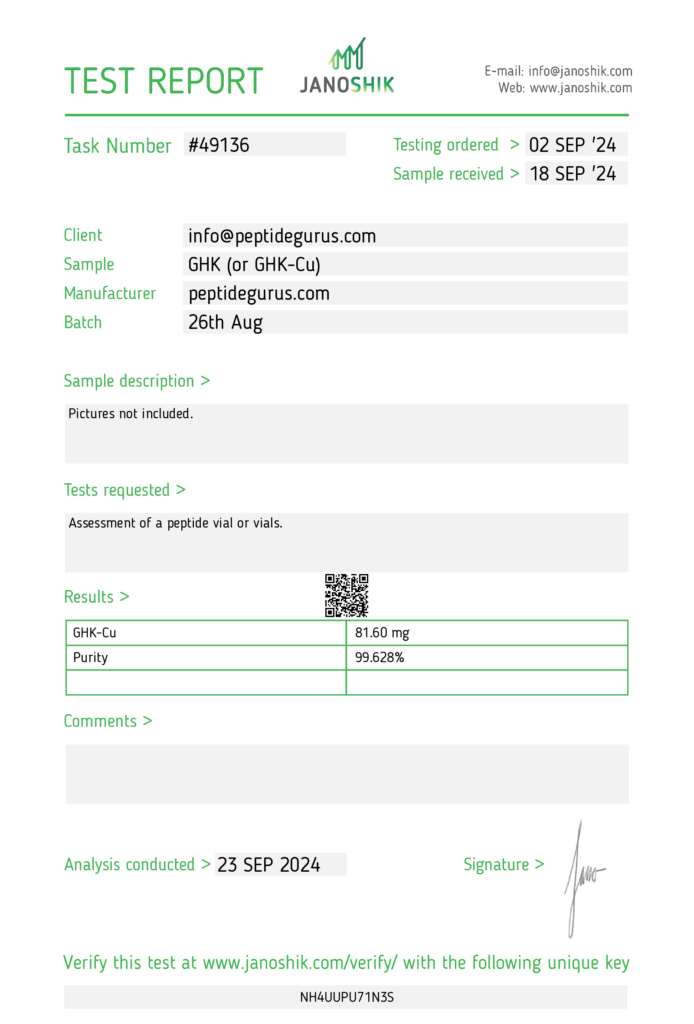


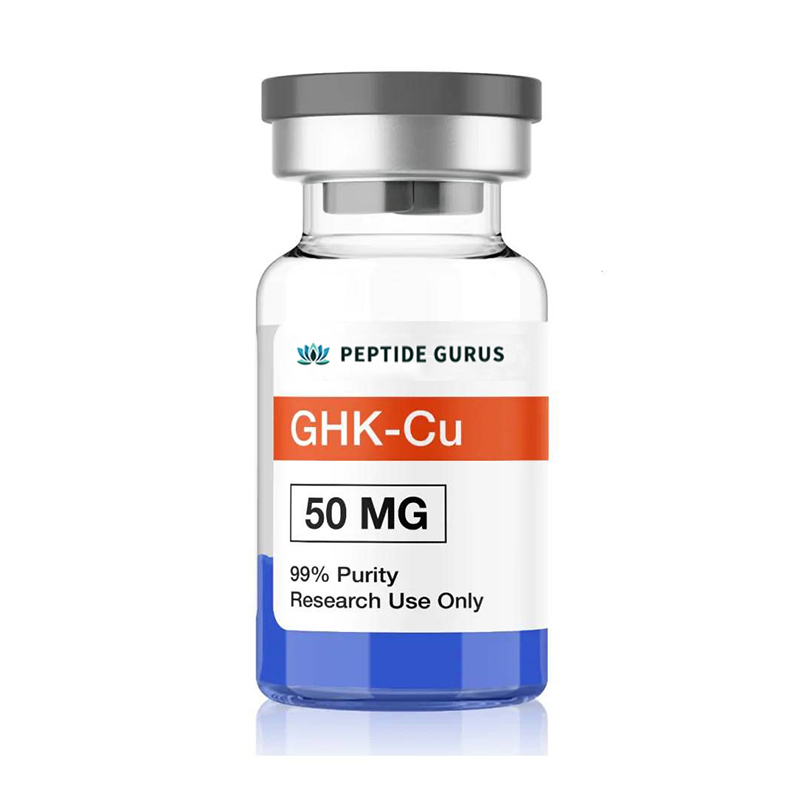

Kategori:Produk jadi peptida, Peptida dan dosisnya
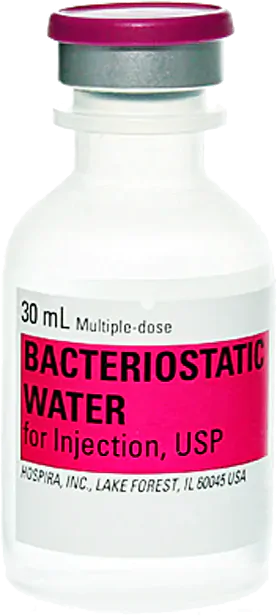
Bebas (1) 30 mL air bakteriostatik
dengan pesanan yang memenuhi syarat$ 500 USD.
(Tidak termasuk produk kapsul, peptida kosmetik, kode promo dan pengiriman)
GHK-CIadalah peptida alami dalam plasma darah manusia, urin, dan air liur. Penelitian pada hewan mengungkapkan bahwa GHK-Cu dapat meningkatkan penyembuhan luka, fungsi kekebalan tubuh, dan kesehatan kulit dengan merangsang kolagen, fibroblas dan mempromosikan pertumbuhan pembuluh darah. Ada bukti yang telah menunjukkan bahwa itu bertindak sebagai sinyal umpan balik yang dihasilkan setelah cedera jaringan. Ini juga menekan kerusakan radikal bebas dan dengan demikian merupakan antioksidan yang kuat.
Penggunaan Produk:Produk ini dimaksudkan sebagai bahan kimia penelitian saja.Penunjukan ini memungkinkan penggunaan bahan kimia penelitian secara ketat hanya untuk pengujian in vitro dan eksperimen laboratorium saja. Semua informasi produk yang tersedia di situs web ini hanya untuk tujuan pendidikan. Pengenalan tubuh dalam bentuk apa pun ke dalam manusia atau hewan dilarang secara ketat oleh hukum. Produk ini hanya boleh ditangani oleh profesional berlisensi dan berkualifikasi. Produk ini bukan obat, makanan, atau kosmetik dan mungkin tidak disalahgunakan, disalahgunakan, atau disesatkan sebagai obat, makanan atau kosmetik.
GHK-Cu adalah peptida yang terjadi secara alami pertama yang diisolasi dari plasma darah manusia. Sejak itu telah diidentifikasi dalam urin dan air liur juga. Penelitian tentang GHK-Cu telah menemukan peptida pendek memiliki manfaat besar dalam penyembuhan luka dan fungsi kekebalan tubuh. Ini memiliki sifat anti-penuaan dan telah ditemukan untuk menekan kerusakan radikal bebas, meningkatkan sintesis protein, melawan bakteri, dan meningkatkan kesehatan fibroblast kulit dan kulit.
Urutan:Gly-his-lys.cu.xhac
Formula Molekul:C14H23Cun6O4
Berat molekul:340.384 g/mol
Pubchem CID: 73587
Nomor CAS:89030-95-5
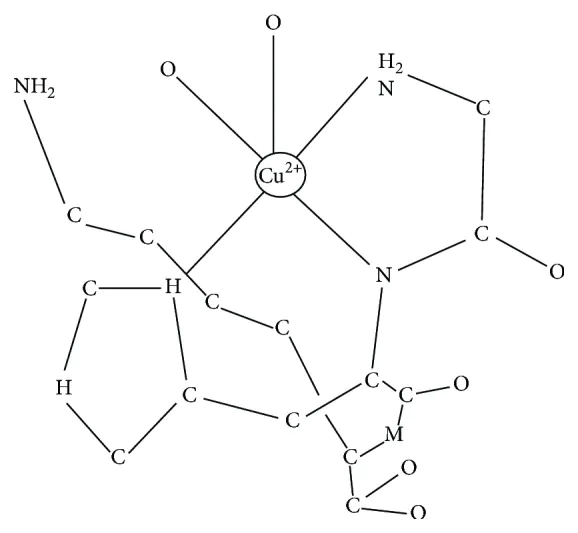
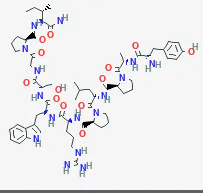
GHK-Cu adalah bagian alami dari darah manusia dan, dengan demikian, telah ditemukan memainkan peran integral dalam jalur regenerasi kulit. Penelitian dalam kultur kulit telah menemukan bahwa GHK merangsang sintesis dan pemecahan kolagen, glikosaminoglikan, dan komponen matriks ekstraseluler lainnya seperti proteoglikan dan kondroitin sulfat. Setidaknya sebagian dari efek ini dimediasi melalui manfaat rekrutmen positif yang dimiliki GHK-Cu pada fibroblas, sel kekebalan tubuh, dan sel endotel. Peptida menarik sel -sel ini ke lokasi cedera dan tampaknya mengoordinasikan aktivitas mereka dalam memperbaiki kerusakan[1].
GHK-Cu is a common component of skin-care and cosmetic products. It improves elasticity of the skin while tightening and firming. It has also been shown to reduce damage due to sunlight, reduce hyperpigmentation, and reduce the appearance of fine lines and wrinkles[1]. The ability of GHK-Cu to modulate collagen synthesis is important in reducing the appearance of scars, preventing hypertrophic healing from taking place, smoothing rough skin, and repair the structure of aged skin. These roles of GHK-Cu are mediated partly though its ability to boost levels of transforming growth factor-Β[2]. It is likely that the peptide works through several different biochemical pathways and that it has effects and the level of gene transcription[3].
Research in mice shows that GHK-Cu increases the rate of healing following burn by as much as 33%. It appears that besides recruiting immune cells and fibroblasts to the site of injury, GHK-Cu also encourages the growth of blood vessels[4]. Burned skin is often slow to regrow blood vessels due the cauterization effect, so these findings open up a new pathway for improving wound care in burn units and accelerating healing.
The invasion of tissue by foreign pathogens is one of the primary reasons that wounds are slow to heal or do not heal at all. Bacterial and fungal infections are particularly problematic in burn patients and in those with compromised immune systems (e.g. diabetes, HIV). GHK-Cu, when combined with certain fatty acids, creates a potent antimicrobial compound that is active against a number of bacteria and fungi known to complicate wound healing[5].
Research in diabetic patients has shown that GHK-Cu is superior to standard care regimens alone in the treatment of diabetic ulcers. Patients given both standard care and GHK-Cu showed a ~40% increase in wound closure and a 27% decrease in rates of infection compared to control groups[6]. Similar results were seen in patients with ischemic open wounds[7].
The death of neurons due to degenerative diseases like Alzheimer’s is poorly understood. This makes it difficult to develop treatments and those that are available are generally of limited efficacy. Research, however, suggests that GHK-Cu can counter the age-associated decline in neuron function that often underlies these diseases. Research shows that GHK-Cu can improve angiogenesis in the nervous system, boost nerve outgrowth, and reduce inflammation in the central nervous system. There is even evidence that GHK-Cu can reset pathological gene expression and help to recreate a state of health in dysfunctional systems[8].
GHK-Cu is found in high concentrations in the brain, though levels of the peptide decline with age. There is a thought, among scientists, that GHK-Cu may protect nervous system tissues against natural insults such as gene dysregulation and that it is the decline in GHK-Cu with age, and not the onset of new disease processes, that actually leads to neurodegeneration.
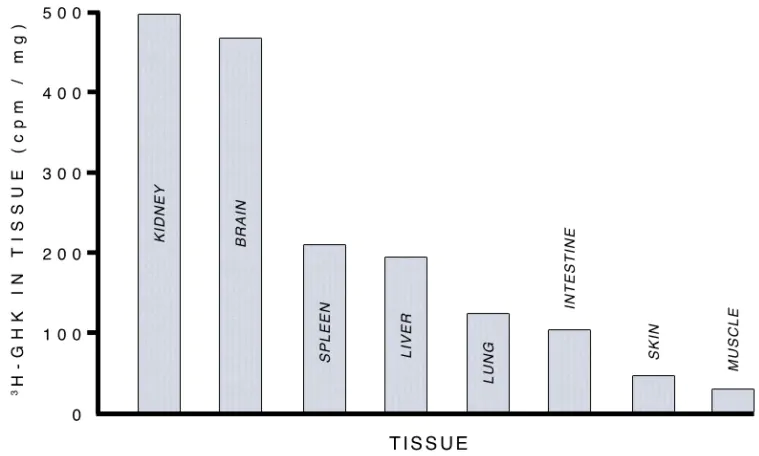
GHK-Cu Levels in various tissues
Source: PubMed
Research in rats indicates that one possible mechanism by which GHK-Cu protects brain tissue is by preventing apoptosis. This action appears to be mediated through the well-known miR-339-59/VEGFA pathway, which is active following brain bleeds and stroke. In the rat models, GHK-Cu improves neurological deficits in the brain, reduce swelling, and inhibited the death of neurons that is commonly bought about by overexpression of miR-339-5p[9].
Research in mice shows that GHK-Cu can protect the lungs against fibrosis that occurs following therapy with the cancer drug bleomycin[10]. This could pave the way for using GHK-Cu as a chemotherapy adjuvant that allows doses of these life-saving medications to be increased without risk of increased side effects. The study when a step farther, than usual, by identifying the likely pathway by which GHKC-Cu protects against fibrosis. It appears that the peptide regulations TNF-alpha dn IL-6 levels, both of which act as inflammatory molecules and affect the extracellular matrix and smooth muscle of the lung. By reducing inflammation in the lungs, GHK-Cu prevents fibrotic remodeling from taking place and improves collagen deposition.
Similar benefit of GHK-Cu in protecting lungs was found in mouse models of acute respiratory distress syndrome (ARDS), an inflammatory lung condition that can develop rapidly and be fatal. ARDS is associated with injury, infection, and certain drugs like those used in chemotherapy. Once again, GHK-Cu appeared to mediate its effects through decreased TNF-alpha and IL-6 expression[11].
In rat models, the administration of GHK-Cu had a dose-dependent effect on pain-induced behavior. The peptide appears to have analgesic effects that are produced through increased levels of the natural painkiller L-lysine[12]. Similar research has found that the peptide can also increase levels of L-arginine, another analgesic amino acid[13]. These findings open up new avenues for pain control that do not rely on addictive opiate medications or NSAIDs, which have been found to have negative effects on the heart.
GHK-Cu exhibits minimal side effects, low oral and excellent subcutaneous bioavailability in mice. Per kg dosage in mice does not scale to humans. GHK-Cu for sale at
The above literature was researched, edited and organized by Dr. Logan, M.D. Dr. Logan holds a doctorate degree from Case Western Reserve University School of Medicine and a B.S. in molecular biology.
Loren Pickart, Ph.D. has released 109 publications and is developing patents and analyzing GHK’s effects on human gene expression of 4,192 genes. In addition to GHK’s published potential uses on skin inflammation, metastatic cancer and COPD, it appears to have beneficial effects on other tissue systems such as the nervous system, gastrointestinal system, and mitochondrial system. His brief but detailed autobiography dives into the motivations and background behind his dedicating to skin, anti-aging, and life-long training.
Loren Pickart, Ph.D is being referenced as one of the leading scientists involved in the research and development of GHK-Cu. In no way is this doctor/scientist endorsing or advocating the purchase, sale, or use of this product for any reason. There is no affiliation or relationship, implied or otherwise, between
ALL ARTICLES AND PRODUCT INFORMATION PROVIDED ON THIS WEBSITE ARE FOR INFORMATONAL AND EDUCATIONAL PURPOSES ONLY.
The products offered on this website are furnished for in-vitro studies only. In-vitro studies (Latin: in glass) are performed outside of the body. These products are not medicines or drugs and have not been approved by the FDA to prevent, treat or cure any medical condition, ailment or disease. Bodily introduction of any kind into humans or animals is strictly forbidden by law.
PeptideGurus is a leading supplier of American-made research peptides, offering top-quality products at competitive prices. With a focus on excellence and customer service, they ensure a secure and convenient ordering process with global shipping.
CONTACT